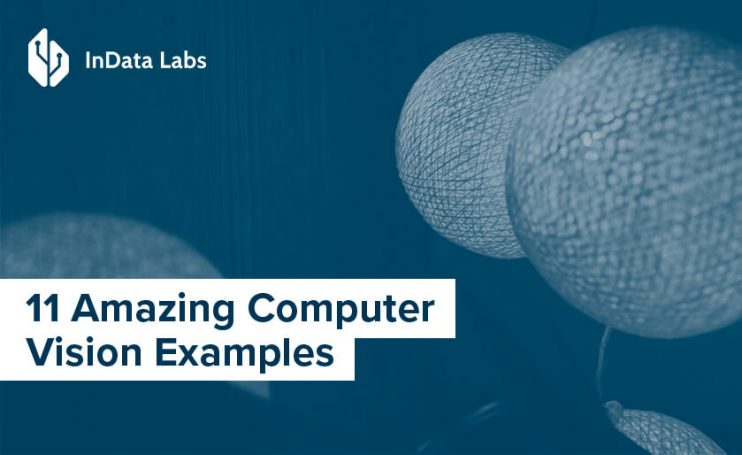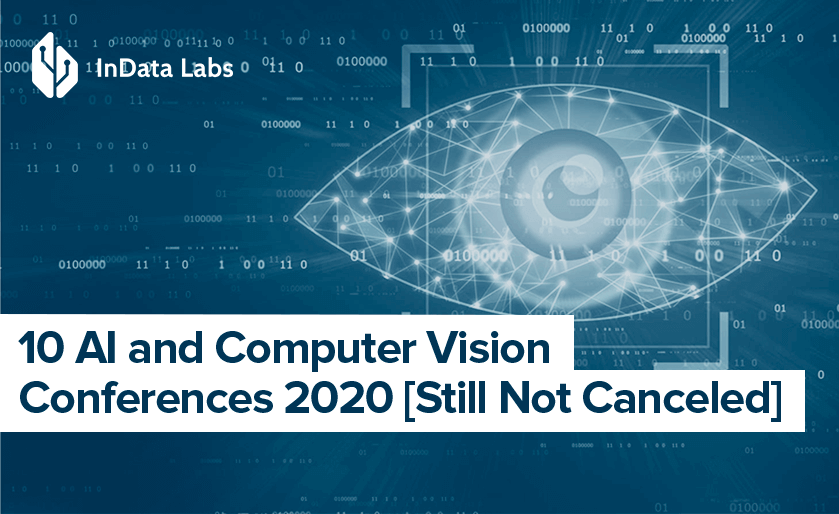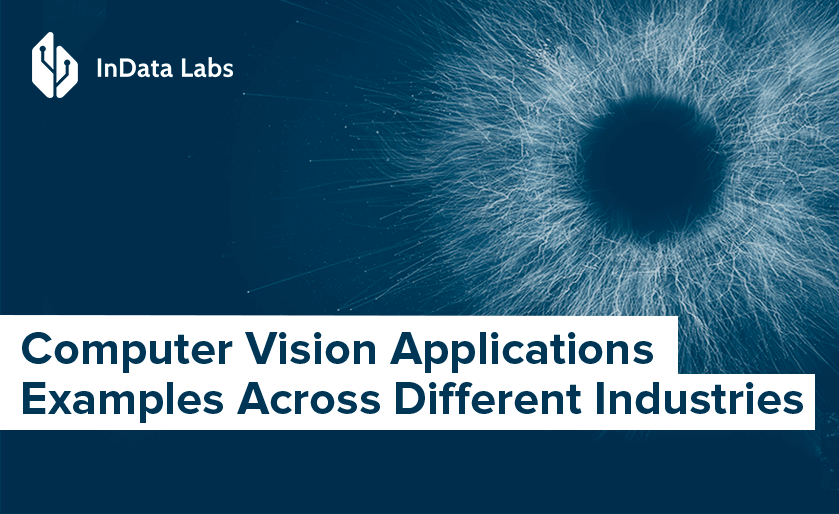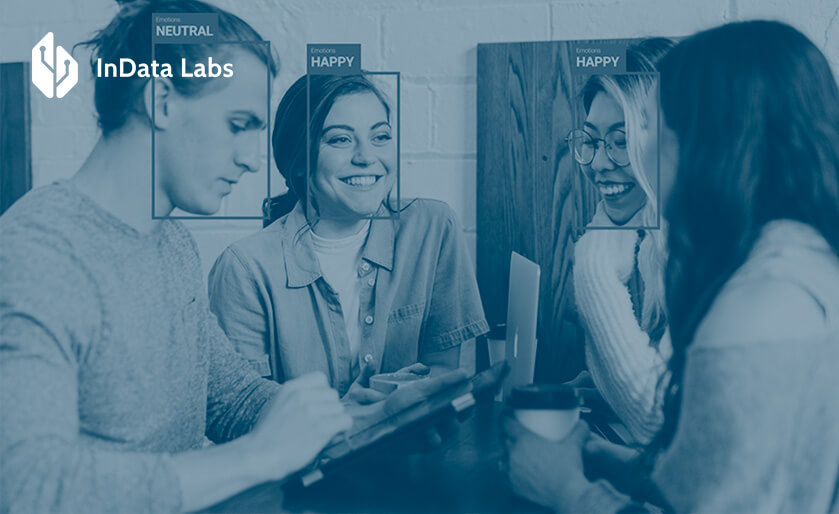The technology of computer vision has gone a long way since its advent in the 1950s. Today, computer vision examples have taken over most industries and are still counting. Accordifng to Business Wire, its software and hardware market is projected to hit $48.6 billion by 2022.
Thus, this technology has become ubiquitous to such an extent that you likely bump into it even without acknowledging it.
Here, we’ll flesh out what computer vision is, how it works, and grasp the applications of computer vision. We’ll also disclose top examples of computer vision applications.
What Is Computer Vision?
Before we dwell on some amazing computer vision examples, let’s get things straight. What exactly is computer vision? Computer vision goes under the names of CV or AI vision. It is a field of artificial intelligence that handles image and video analysis.
Computer vision systems include a set of AI techniques. The latter allows a computer to have a human-like vision that extracts information from the visual world. The systems usually consist of a photo or video camera. They also include specialized software that identifies and classifies objects.
Machine vision and vision systems are often used as synonyms. But those are different processes. Yet, the two join forces to perceive visual stimuli and amplify AI business strategies.
A machine vision system applies a camera to view an object. At the same time, CV algorithms further process the visual content. Unlike machine vision, AI vision can be a stand-alone technology.
How Computer Vision Works
All AI vision algorithms of today rely on pattern recognition. Thus, specialists train machines on an ocean of visual data. First, computers guzzle up thousands of related images. Convolutional neural networks then put together visual images using a jigsaw puzzle concept.
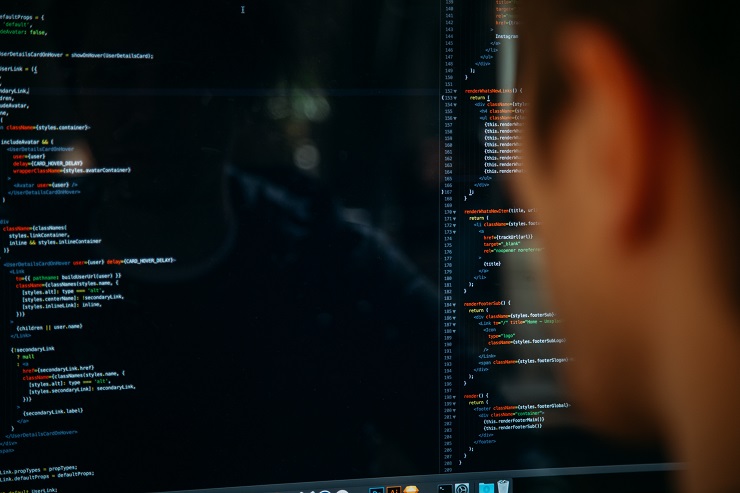
Source: Unsplash
In simple words, machines identify image pieces and label objects on them. After that, they proceed with finding patterns in those objects. Thus, this sophisticated technology gets all the parts of the image together. Finally, it assembles them like a puzzle.
Computer Vision AI Examples In Real World
Human eyes can do incredible things. Now, imagine what AI vision is capable of, given the capacity of human-like perception. Curious? Then let’s see how the following industries benefited from computer vision development.
Welcome, the most exciting computer vision examples and AI trends in the modern world.
The Automotive Industry – Autonomous Vehicles
Over the last few years, the automobile industry has been focusing on the maturation of self-driving cars technology. And CV techniques are at the forefront of this use case.
That said, the market of autonomous vehicles is under heavy investment, with companies pumping in millions of dollars. In 2021, the market is expected to recover and reach a staggering market size of $37 billion in 2023.

Source: Unsplash
Tesla cars track the surroundings with cameras to enable its advanced driver assistance system and autopilot. Surround cameras also allow the vehicle to detect and classify objects. After that, the computer hands over the results to the rest of the system for further decision-making. Computer vision also underpins driving scene perception and path planning. Behavior arbitration, and other core processes are also possible thanks to this advancement.
Public Security – Facial Recognition
Facial detection and recognition are some of the most prominent computer vision technology examples. We come across this AI application in a lot of different shapes and forms. But the public security sector is the most significant driver of the pervasive use of facial detection. AI recognition can detect and prevent crime in criminal tracking devices and security missions.

Source: Unsplash
Deep learning and machine vision also fuel the detection phase of facial recognition. A CV algorithm helps capture the face and send it to the system for further analysis. The combination of analysis and recognition algorithms is what actually comprises a recognition system.
Retail – Customer Experience, Inventory Management
Computer vision apps in retail have mushroomed due to the global pandemic and economic resilience. And the retail industry has flocked to machine learning consulting for added tailwind.
In 2021, computer vision technology examples in retail are abundant. And they are especially powerful for supreme customer experience. In particular, retail stores can embrace CV technologies to check customer activity. AI vision can identify discontented shoppers or greet regulars. It can also contribute to the customer retention program. Computer vision tasks in retail further include the assessment of merchandise placement strategies and inventory tracking.
E-commerce giants like Amazon are also implementing visual search technology en masse to surface well-optimized content.

Source: Unsplash
Medicine – Medical Imaging
Image classification and pattern detection lie at the heart of medical software systems. They assist doctors with the diagnosis of dangerous conditions. The significant breakthrough in computer vision also allows us to use medical imaging data.
Over the last few years, we have seen a marked growth in applying CV techniques to static medical imagery. Radiology, pathology, and ophthalmology have become the main computer vision apps. The visual pattern-recognition nature of diagnostic tasks in these specialties underpins the proliferation of AI vision.
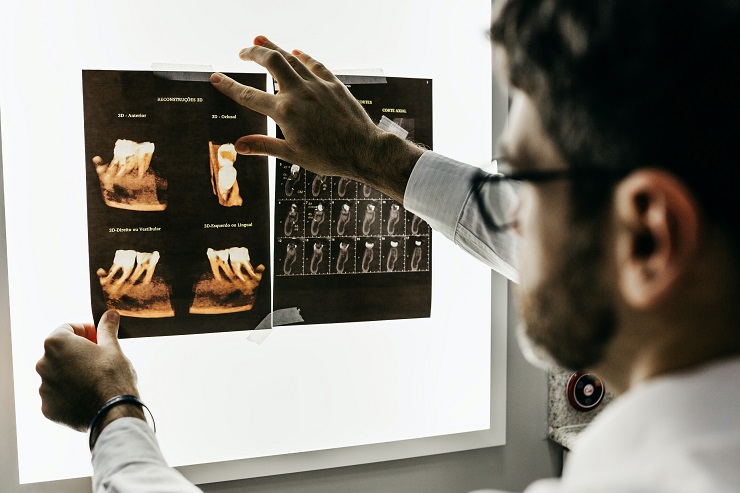
Source: Unsplash
Microsoft’s InnerEye is aiming to democratize AI for medical image analysis. They make the use of three-dimensional radiological images available for all medical institutions. InnerEye also helps refine the diagnostics of biological tissues.
Education – Attendance And Engagement Monitoring
The EdTech industry is another example of computer vision in artificial intelligence. This technology allows teachers to assess the learning process easily and non-obstructively compared to standard classroom education. Therefore, teachers can point out disengaged students and personalize the educational process.
The focal area of AI also spans knowledge acquisition, school logistic support, assessment, and attendance monitoring.
Thus, CV-enabled webcams monitor students and spot instances of fraud by tracking their body behavior or eye movements. A popular example of EdTech software includes UAuto to verify test-taker identity with multi-factor authentication.
Fitness And Sports – Tracking Systems
Training regimens and recreational activities can also be hi-tech. Numerous examples of tracking systems and self-training solutions back up this bold statement.
![]()
Source: Unsplash
Tracking systems fueled by cameras detect and track moving balls in a gamut of games. Additionally, the AI-enabled software detects the position of all players at a particular moment in time to help improve team performance.
Top examples include SentioScope which is a player tracking software. It processes the game in real-time and uploads data to analytical platforms in the cloud.
Precision Agriculture
Till recently, agriculture was an industry with underdeveloped methodologies or the use of antiquated know-how. The industry of today relies on the services of computer vision software companies. And AI technologies add boosted productivity to agro and farming. Agriculture-focused companies are adopting CV and AI models for planting and harvesting. They also help with advanced weather analysis, weeding, and plant health detection.
Some of the most notable machine vision systems and application examples that exist today include:
- Drone monitoring of crops
- Yield monitoring
- Smart systems for classifying and sorting crops
- Automatic pesticide spraying
- Weather records
- Forest information
- Smart Farming
- Crop field security
Brazilian startup Cromai is chipping in to futureproof the agriculture sector as well. The team builds AI-based solutions that scan the color, shape, and texture of crops to further analyze them.
Gaming – Human Pose Estimation
If you have played console games with Microsoft Kinect before, you must know how accurately it monitors your actions. X-box owns this ability to AI vision. The latter allows the system to locate human skeletal joints’ positions in a 3D space and recognize the movements of these points. All those tasks fall under the one umbrella term of human pose estimation.
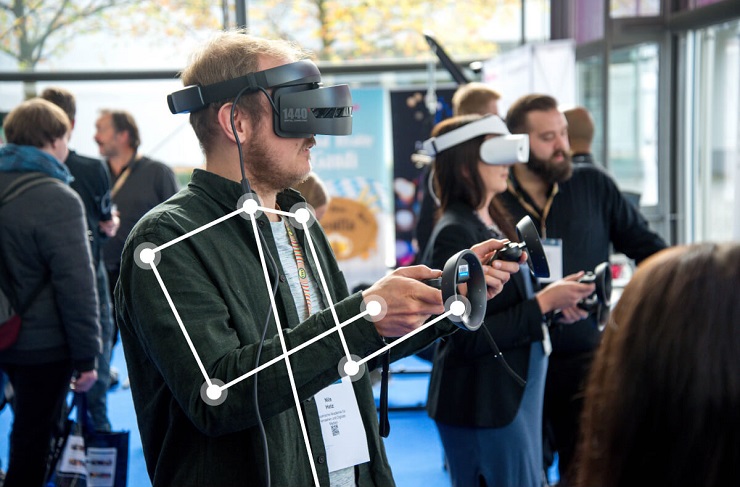
Source: Unsplash
In layman’s terms, the human pose estimation model processes visual content and estimates human posture in either 2D or 3D format. Knowing the person’s position opens avenues for several real-life applications. These include robotics, consoles, physical therapy, and fitness apps.
Media & Entertainment – Interactive Media, Smart glasses
Interactive media has also stepped into the limelight as one of the CV apps. The advancement of immersive technologies and computer vision for visual effects are throwing digital media into a more interactive spectrum. While old-school TV lacks direct interaction, AI-powered media takes user experience to a new tech-savvy level. Today, viewers can enjoy moving graphics, animation, digital captions, and other dynamic elements. This level of engagement is also possible thanks to smart eyewear and controllers.
Among the gleaming examples of interactive hardware and face tech is Google Glass. Although this production didn’t become a banger, the company managed to demonstrate the might of immersive technologies. An optical head-mounted display of Glass shows information directly in the user’s field of vision. The hardware also responds to facial and head movements, allowing users to turn the page with just a tilt of the head.
Manufacturing – Product Assembly, Defect Detection
Technology is omnipresent at every step of the manufacturing process. AI Inspection systems are widely used at warehouses and R&D labs to run more intelligent and effective operations. For example, predictive maintenance leverages inspection systems to prevent breakdowns and scan for deformities. AI systems also assist in packaging and product quality monitoring.
As a part of industry 4.0 automation, AI vision also performs automated product assembly and management processes. Assembly lines with delicate items or parts are the most common to use AI capabilities.
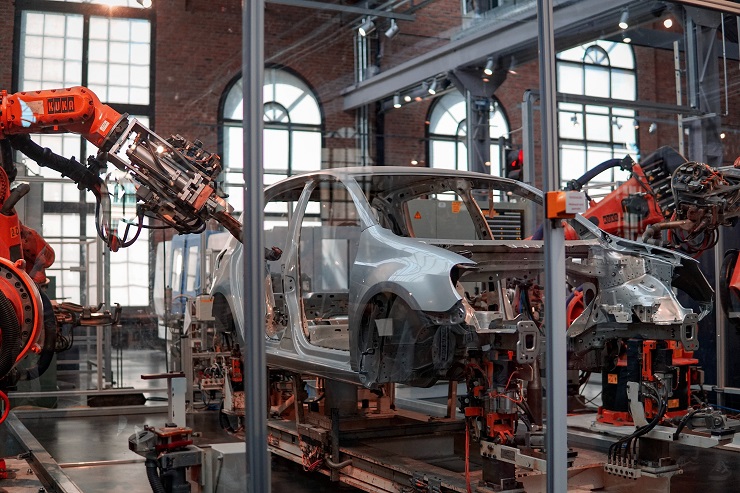
Source: Unsplash
For example, Tesla is well known for pioneering fully automated manufacturing processes.
Transportation – Violations Detection, Traffic Flow Analysis
Finally, machine vision systems and application examples include the proliferation of AI vision in transportation. CV-based traffic signal violation detection systems help law enforcement agencies to reduce unsafe driving behavior. Video imaging scientists are also providing intelligent sensing and processing technologies.Those detect speeding, running red lights, wrong‐way driving, and others.
For example, Hikvision’s Checkpoint Systems spot traffic violations on roadways. The algorithm is quite simple. Each time a car passes through an ITS-equipped Checkpoint, a camera takes a photo of the vehicle and its differentiators.
Another scope of application features traffic flow analysis. This kind of analysis comes complete with intelligent transportation systems (ITS). ITSs make a great contribution to the hypothesis of smart cities. Additionally, they help with monitoring traffic flow for traffic engineers.
Machine Vision Examples: What’s Next?
It has taken computer scientists almost 80 years to get to where we are today with computer vision. Recent breakthroughs in AI and deep learning have further secured this technology into the future.
Knowingly or unknowingly, we all use machine vision for business and everyday life. But most importantly, this next-gen technology is extending its reach to industrial use. From healthcare and media to gaming and agriculture, AI vision ramps up effectiveness and ease of use.
Yet, this field of knowledge remains an unsolved puzzle. The partial understanding of biological vision is one of the constraining factors. Complexity of visual perception in a dynamic physical world also hinders full-scale development.
Therefore, whatever is to arrive in the future with computer vision will by far be surprising.
Empower Your Business with the Computer Vision Technology
Need a Computer Vision partner for your business? Schedule a call with our computer vision experts to discuss your project.
